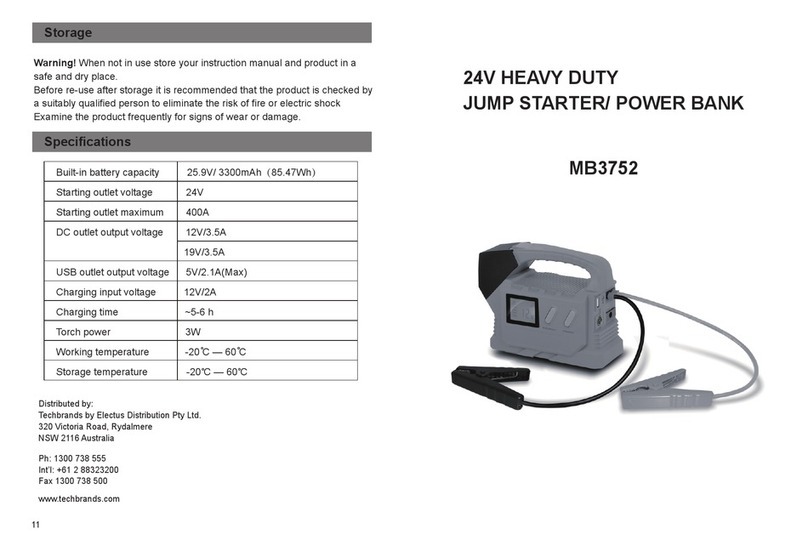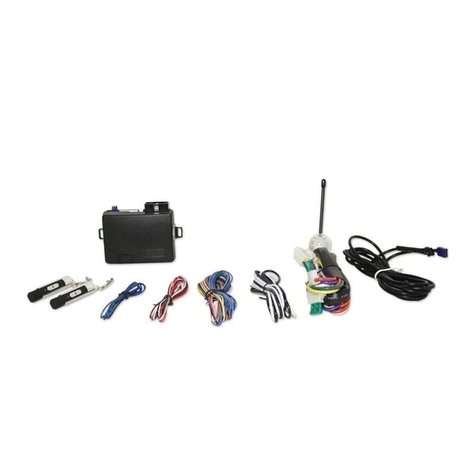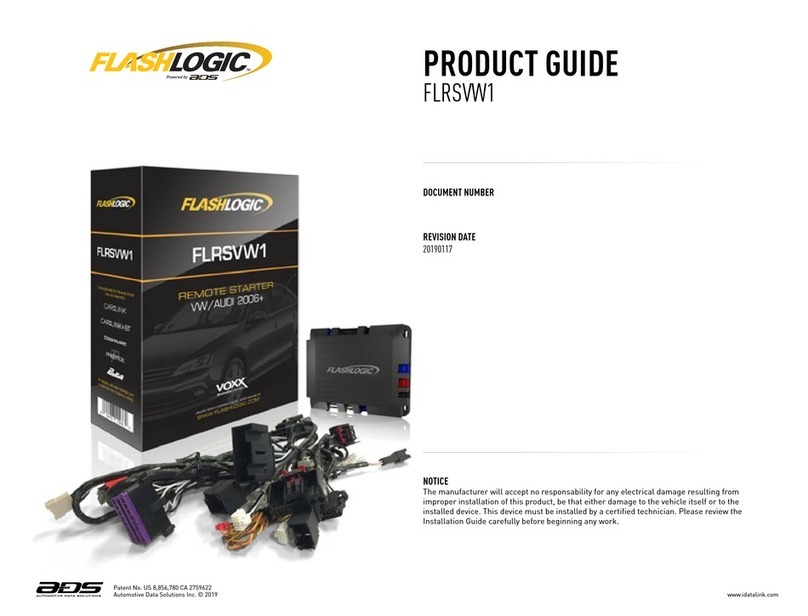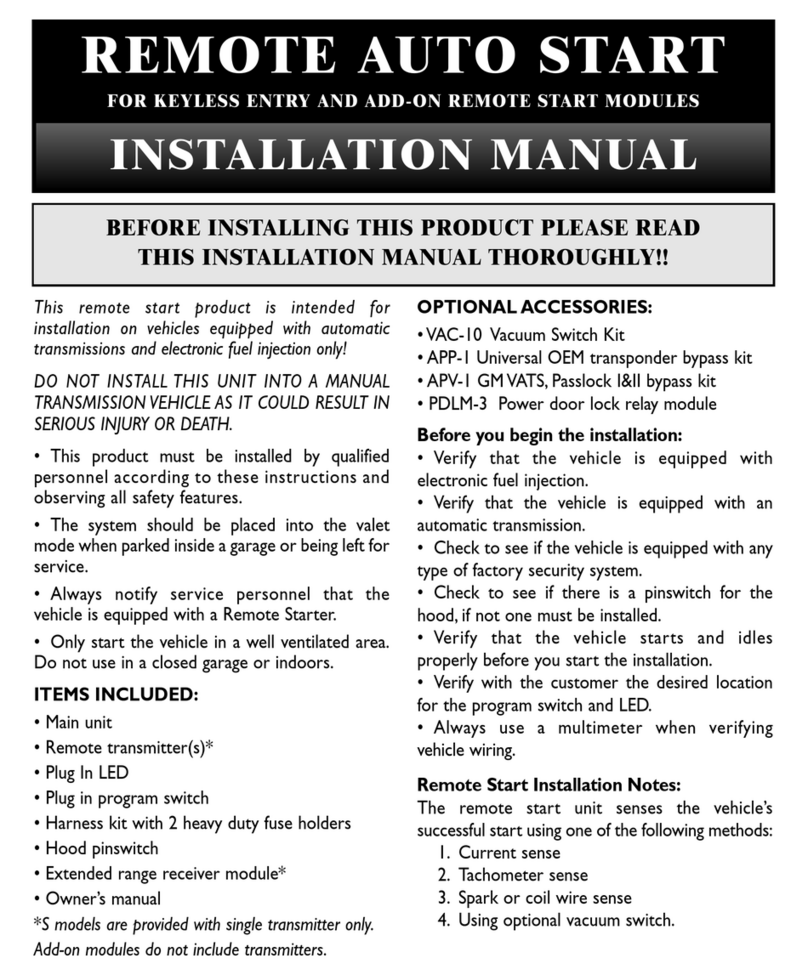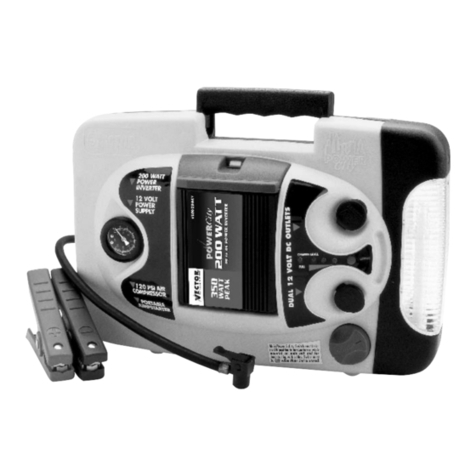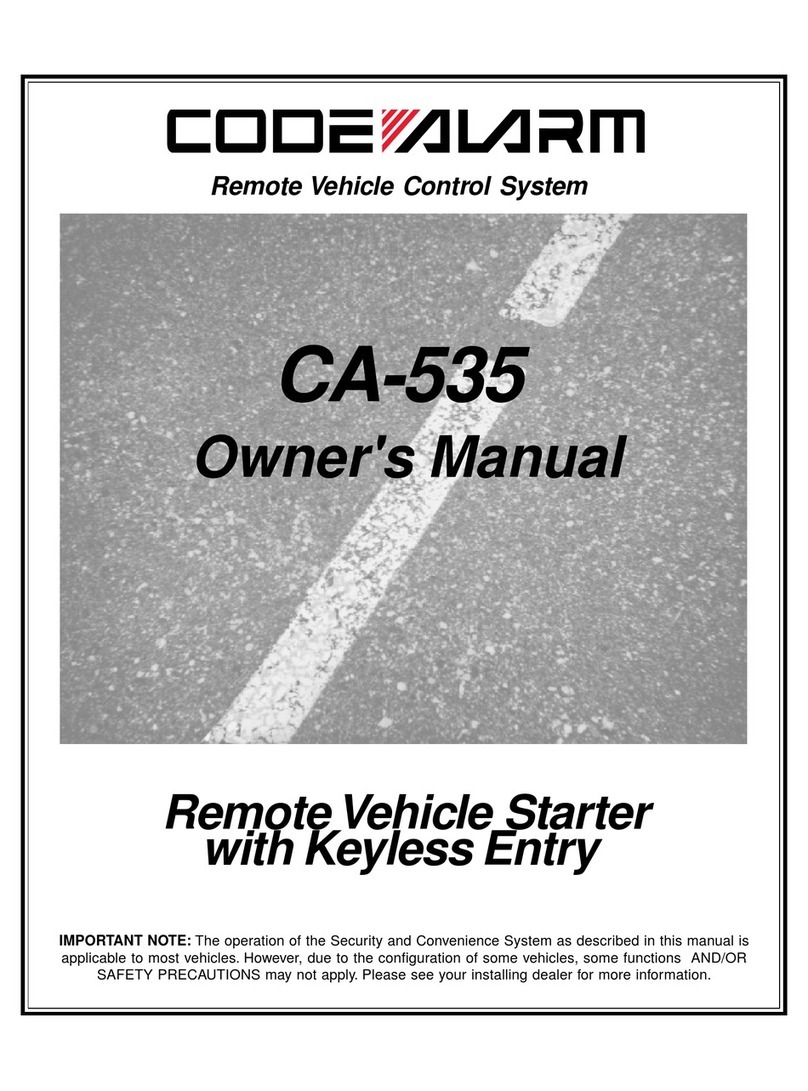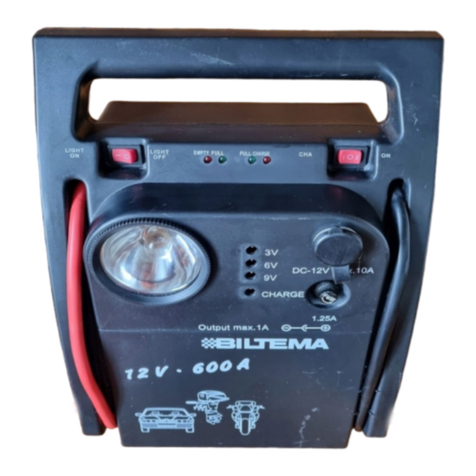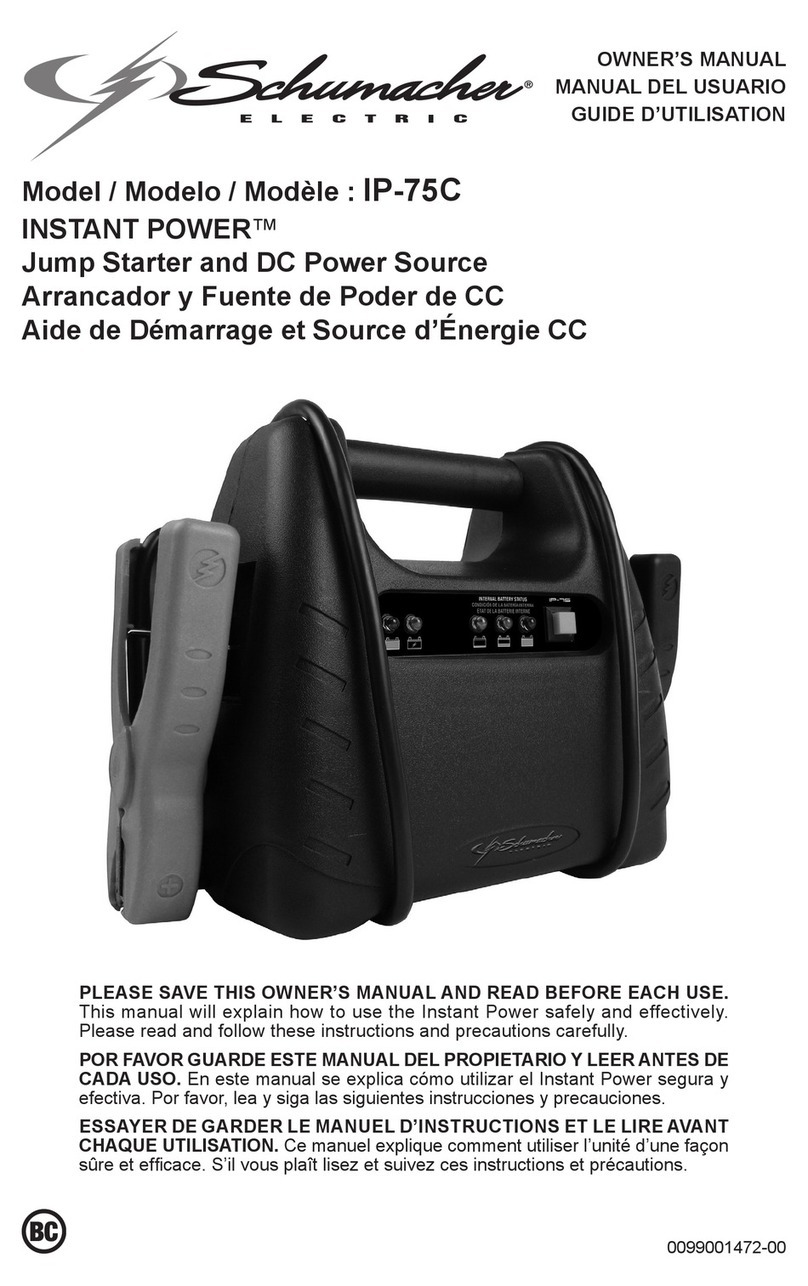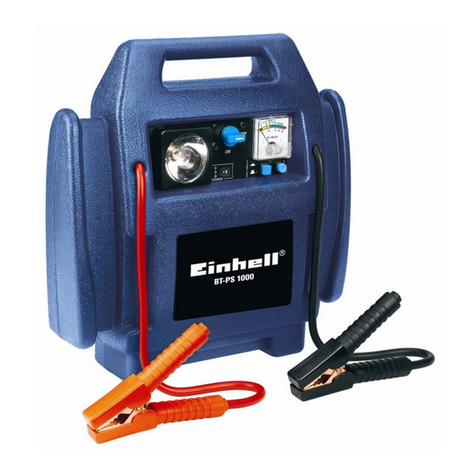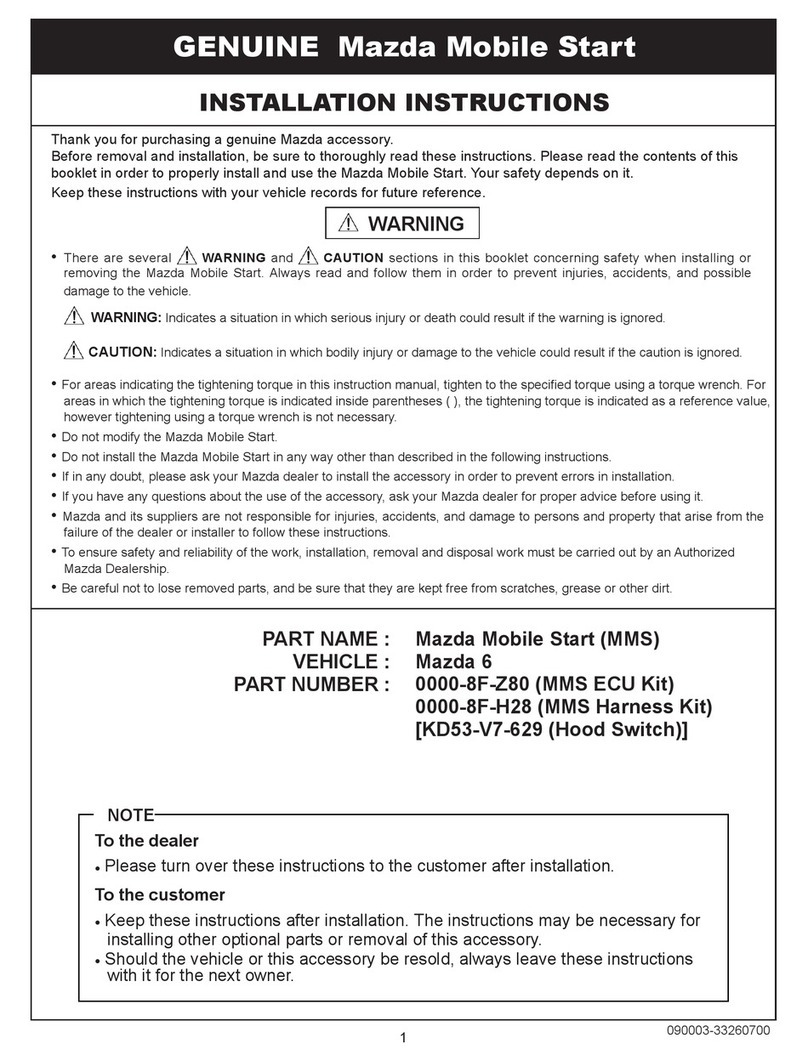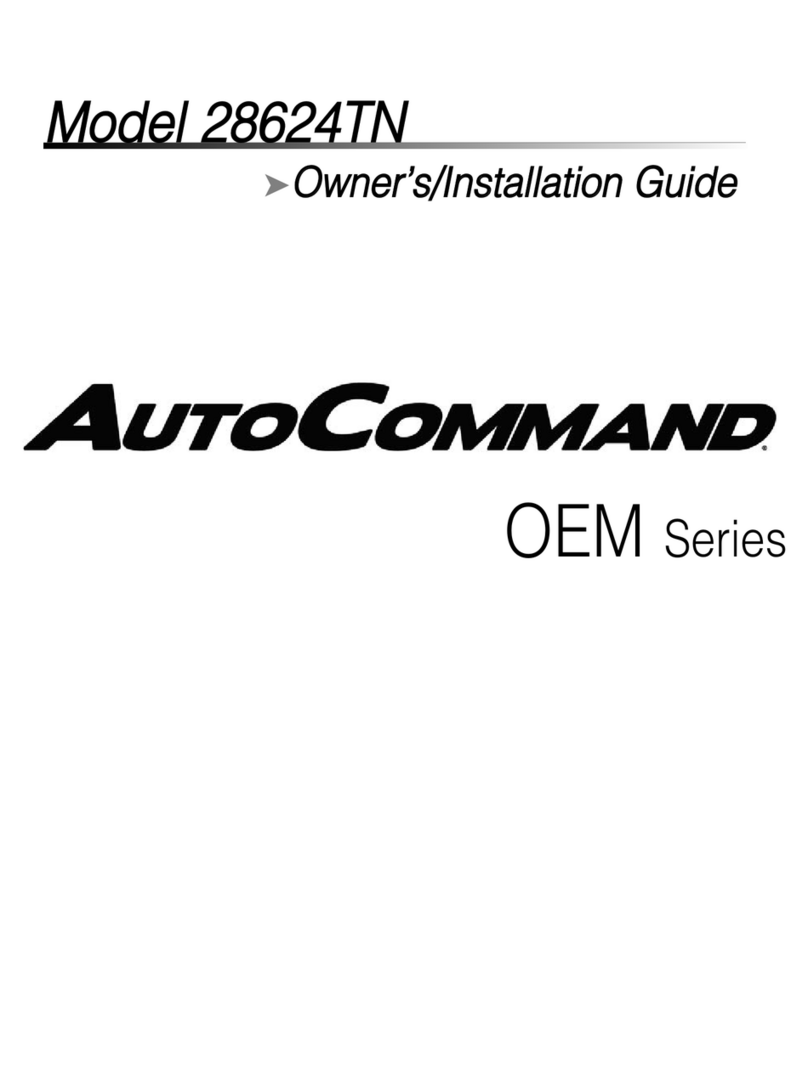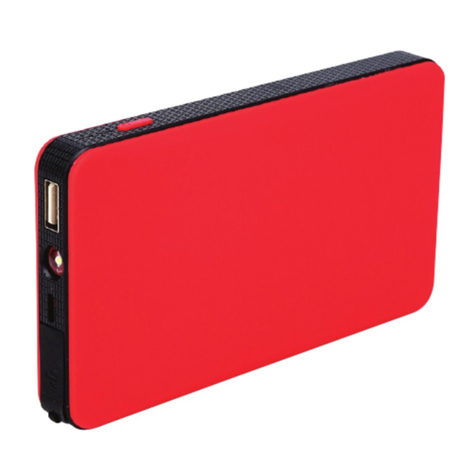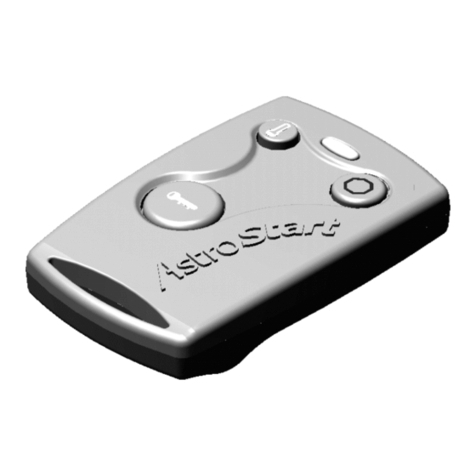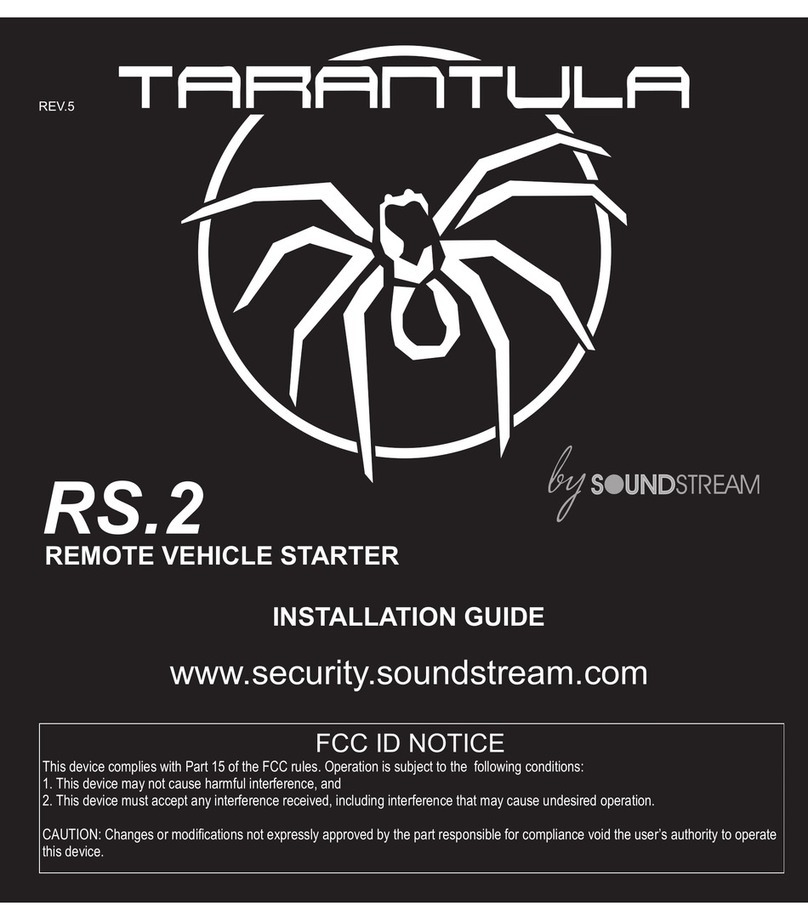
Vortex86DX-MSJK Windows Embedded CE 6.0 R3 Jump Start Rev 2.2
Page 3 of 144
OS Design Wizard – Board Support Packages (BSPs) .......................................................................... 24
OS Design Wizard – Design Templates ............................................................................................... 24
OS Design Wizard – Applications & Media ......................................................................................... 25
OS Design Wizard – Networking & Communications .......................................................................... 26
Security Warning - Catalog Item Notification ..................................................................................... 27
Part 5 – Configure and Customize CE 6.0 OS Design ............................................................................... 28
Customize the OS Design – Add Additional Components ................................................................... 28
Customize the OS Design – Locate Component by Search .................................................................. 32
Customize the OS Design – Configuration Manager ........................................................................... 34
Customize the OS Design – Build Options .......................................................................................... 34
Customize the OS Design – The Registry ............................................................................................ 35
Static IP Address ................................................................................................................................ 37
Other CE 6.0 Components ................................................................................................................. 37
Part 6 – Build and Generate CE 6.0 OS Runtime Image ........................................................................... 39
The Build Process – Starting .............................................................................................................. 39
The Build Process – Completed ......................................................................................................... 39
Part 7 – Download CE 6.0 OS Runtime to Target Device ......................................................................... 41
Target Device Preparation ................................................................................................................. 41
Configure Target Device Connectivity Options ................................................................................... 42
Add New Target Device Profile .......................................................................................................... 43
Associate VDX-6326 to MyTargetDevice Connectivity Profile ............................................................. 44
Download CE 6.0 OS Runtime Image to Target Device ....................................................................... 46
Deploy CE 6.0 OS Runtime Image to Target Device ............................................................................ 48
Part 8 – Software Development Kit (SDK)............................................................................................... 49
Create and Configure CE 6.0 SDK ....................................................................................................... 49
Build and Generate CE 6.0 SDK .......................................................................................................... 51
Part 9 – Develop Native Code App with VS2005 ..................................................................................... 52
Create a New Native Code Application Project .................................................................................. 52
Add Codes and Build the Application Project ..................................................................................... 55
Preparing Target Device to Connect to VS2005 IDE ............................................................................ 56
Configure VS2005 Device Connectivity Settings ................................................................................. 58
Establish Connectivity to CE 6.0 Target Device ................................................................................... 59
Download Application to Target Device ............................................................................................. 60
Part 10 – Develop Managed Code App with VS2005 .............................................................................. 61
Create a New Managed Code Application Project .............................................................................. 61
